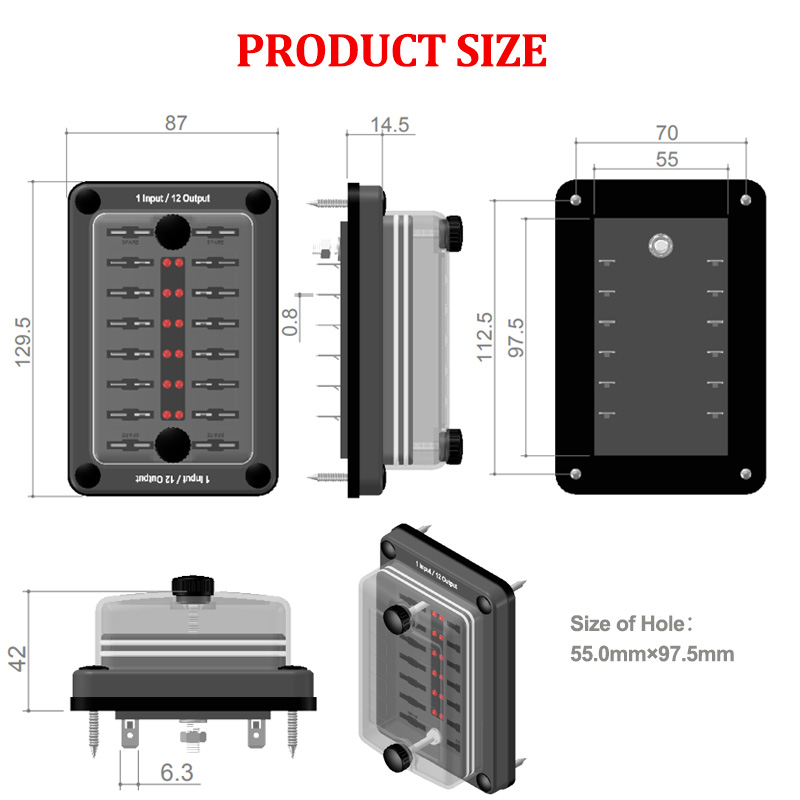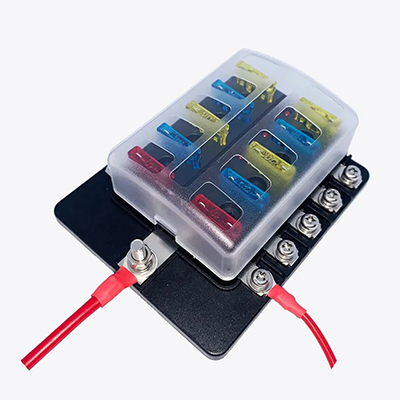Fuse Boxes: Safeguarding Electrical Systems in Model Trains and Scale Vehicles
News 2025-10-20
Fuse boxes are essential components in the electrical setups of model trains and scale vehicles, designed to prevent damage from overcurrent and short circuits. They work by housing fuses that melt and interrupt the flow of electricity when faults occur, protecting sensitive elements like motors, lights, and wiring. This protection is crucial for hobbyists who invest significant time and resources into creating detailed, functional models. In model railroading, fuse boxes help maintain smooth operations in complex layouts, while in scale vehicles, they ensure reliable performance during dynamic activities, enhancing the overall enjoyment and longevity of the hobby.

Practical Applications in Hobby Modeling
In model train systems, fuse boxes are often integrated into power distribution networks to isolate individual sections, such as track power or accessory circuits, minimizing downtime during faults. For scale vehicles like remote-controlled cars or aircraft, they protect components from voltage spikes caused by motor stalls or battery issues. This makes fuse boxes ideal for both static displays and interactive models, where they support features like sound effects and lighting without compromising safety or reliability.
Advantages in Performance and Durability
Fuse boxes offer rapid fault detection and response, typically within milliseconds, which is vital for preventing heat damage in confined model environments. Their compact design allows easy incorporation into existing setups, and they provide consistent protection across various current ratings. Compared to alternatives, fuse boxes are more affordable and less prone to failure, making them a dependable choice for maintaining electrical integrity in long-term use.
1. What is a fuse box used for in model trains?
A fuse box protects circuits by breaking electrical flow during overcurrent, safeguarding components from damage.
2. How do fuse boxes enhance safety in scale vehicles?
By quickly isolating faults, they reduce risks of fires and equipment failure, ensuring safer operation.
3. When should a fuse box be installed in a model setup?
Install one when adding new electrical features or after experiencing circuit problems to improve reliability.
